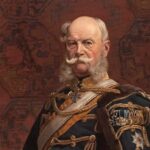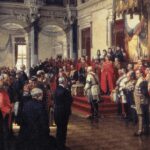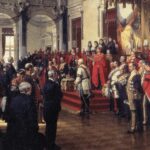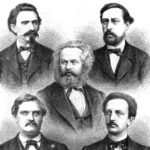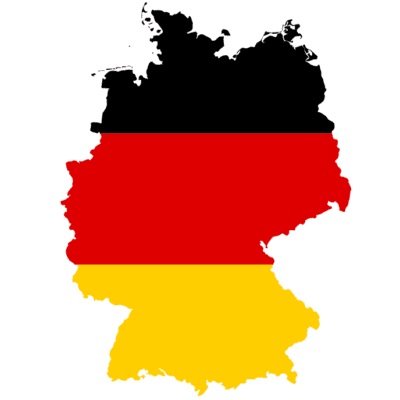
Today, social welfare systems are taken for granted in much of the world. But did you know that the roots of modern healthcare, pensions, and unemployment insurance began in 19th-century Germany? And it wasn’t created by a liberal reformer—but by the Iron Chancellor himself, Otto von Bismarck.
Let’s explore how and why Bismarck built the first national welfare state—and what it means for Germany today.
The Political Genius Behind the Policy
When you think of Bismarck, you probably picture military uniforms, Realpolitik, and empire-building. But behind the tough exterior was a political strategist who knew how to play the long game.
In the 1870s and 1880s, socialist ideas were spreading rapidly in Germany. Workers were organizing, striking, and demanding better conditions. Bismarck, always alert to threats to the state, took an unexpected approach:
“If you want to keep the revolution out, you must give the people a share in the benefits.”
Instead of cracking down alone, he offered workers state-backed protections, creating what we now call the modern welfare state.
What Did Bismarck’s Welfare System Include?
Between 1883 and 1889, Bismarck passed a series of groundbreaking social legislation:
- Health Insurance Act (1883) – Covered medical treatment and sick pay for industrial workers
- Accident Insurance (1884) – Provided support for workers injured on the job
- Old Age and Disability Insurance (1889) – Offered pensions for retirees and the disabled
These programs were paid for by a mix of employer, employee, and state contributions—a model still used in many countries today.
Why Bismarck Did It: Strategy Over Sympathy
While Bismarck’s welfare reforms seem generous, they were not based on compassion alone. His goals were:
- Undermine socialist movements by co-opting their demands
- Promote loyalty to the empire by giving workers a stake in the system
- Maintain social order without giving up conservative control
It was Realpolitik in action—protect the system by adapting just enough to keep revolution at bay.
The Reaction: Support, Suspicion, and Survival
At the time, reactions were mixed:
- Workers appreciated the protections but still pushed for more political rights
- Socialists criticized the programs as tools of control
- Conservatives feared expanding state power and taxes
But the laws stuck. Over time, they expanded and became cornerstones of the German state.
How Bismarck’s Model Influenced the World
Bismarck’s welfare model was the first of its kind, and it didn’t go unnoticed. Other countries soon followed:
- Britain introduced similar systems in the early 20th century
- The U.S. New Deal took inspiration from European models
- Post-WWII Europe built broad welfare states on Bismarck’s foundation
The concept of the state as a guarantor of social security became standard in democracies and even some authoritarian regimes.
5 Surprising Facts About Bismarck’s Welfare System
- It only applied to industrial workers at first—farmers and the self-employed weren’t covered.
- Bismarck personally disliked socialism, but outmaneuvered it with policy.
- The pension age was 70—when life expectancy was around 45–50.
- Germany spent more on military than welfare—even after reforms.
- The system wasn’t purely democratic—it was designed to protect elites by stabilizing the lower classes.
Modern Legacy: Germany’s Social Market Economy
Germany today is known for its “soziale Marktwirtschaft”—the social market economy. It blends capitalism with strong social protections:
- Universal healthcare
- Unemployment benefits
- State pensions
- Family support programs
This system has roots in Bismarck’s model, though it has evolved through democratic reforms and postwar reconstruction.
Germany now ranks among the top countries in the world for social protection and income security.
Why It Still Matters Today
Bismarck’s welfare state reminds us that policy can be both strategic and humane. His reforms:
- Changed the relationship between citizen and state
- Created new expectations of government responsibility
- Laid a foundation for global social policy
In an era of rising inequality and political polarization, the idea that the state should protect its people remains as relevant as ever.
Otto von Bismarck didn’t set out to change the world—he set out to protect his empire. But in doing so, he became the father of the modern welfare state. His blend of strategy and innovation created a legacy that continues to shape not only Germany, but much of the world.
Sometimes, the best way to preserve power is to share its benefits.
Related Articles:

